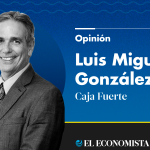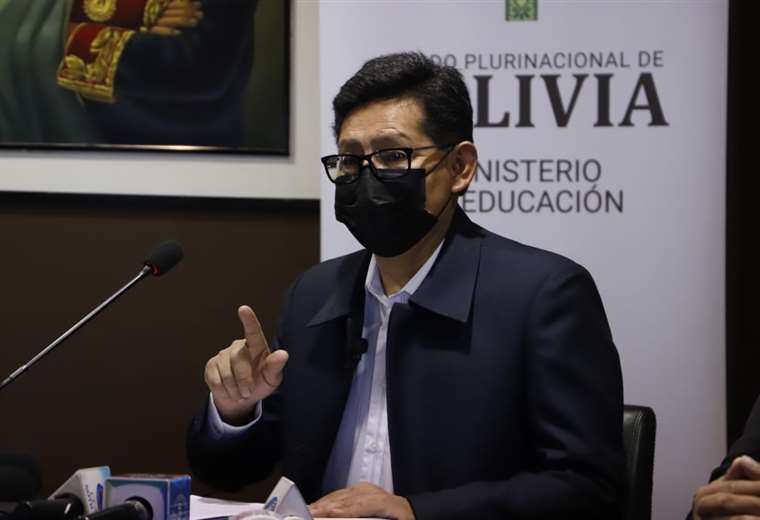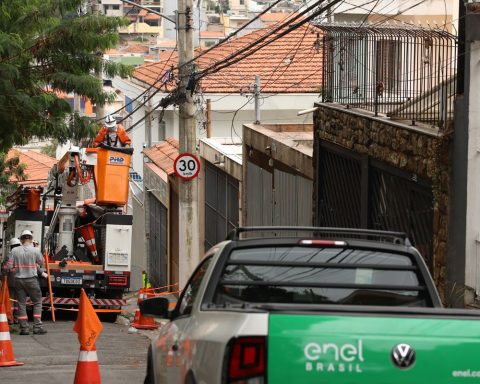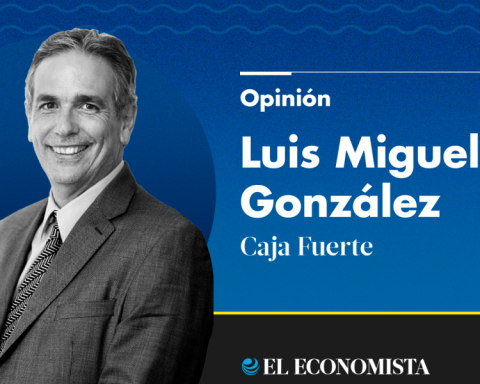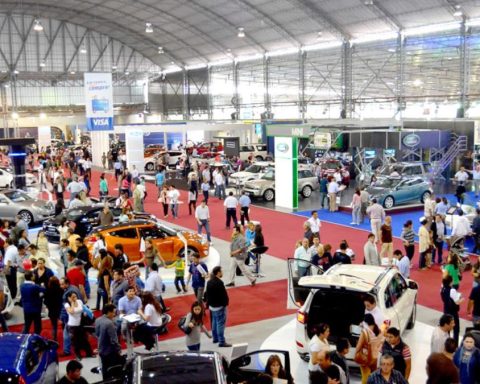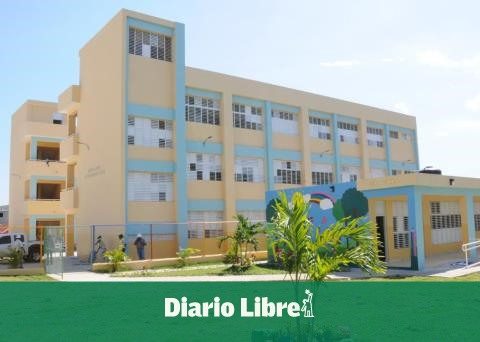The adoption of a subsidy policy for utility rates based on the level of residential consumption could have a positive impact on energy efficiency decisions, if, in addition, it is accompanied by “normative instruments” and incentive measures to the acquisition of home appliances and the use of state-of-the-art construction materials.
This was held by the Economist Laura Lacazespecializing in civil construction and researcher of policies for efficient consumption of electricity and gas in Argentina and the world.
“Public policy is generating a clear message regarding the need to reduce consumption, which can have a positive impact on decisions that affect the energy performance of households,” he told Télam.
Together with Rocío Zampelli, Sabina Estayno and Hernán Braude, Lacaze presented in September of last year a research on “Technologies for residential energy efficiency and the reduction of greenhouse gas emissions”, in which he analyzed the multiple positive effects that the massive incorporation of low consumption appliances and construction materials such as autoclaved concrete blocks (HCCA) and hermetic double glazing would have.
Among these effects, the saving of resources both at the family level and the national State stands out, while the pressures of tariff subsidies are reduced in the fiscal deficit and energy imports, but also in lower emissions of Greenhouse Gases (GHG) , which results in a better quality of life and preservation of the planet, and in an incentive to the local production of equipment and materials.
Based on studies by Dhiren Tejani and Hernán DarhanpéLacaze estimated different consumption reduction scenarios with the adoption of the aforementioned changes and reached the conclusion that with the replacement of traditional glass by hermetic double glazing and hollow bricks by HCCA blocks, the savings in consumption of gas could reach 21% in a multi-family home and 36% in a single-family home, while in the case of electricity it would be 3% and 6%, respectively.
In the case of equipment, With the replacement of old units for others of class A or higher, savings would reach 33% in electricity consumption and 31% in gas.
Likewise, researchers Salvador Gil, Adrián Gutiérrez Cabello and Balbina Griffa, from the University of San Martín (Unsam), indicated that if five million old refrigerators were replaced by others of class A or higher, the energy savings would be 2.5 million Mw (megawatts) per year, equivalent to the energy generated by the nuclear power plant of Atucho I.

“In any case – Lacaze warned Télam -, that concrete effect will also depend on the capacity of regulatory instruments and to internalize the close link between energy efficiency and the structural characteristics of the home, such as the type of home we live in, the materials it is made of and the appliances we use”.
In this regard, he indicated that “the electrical appliances that today consume more energy efficiently are the most modern equipment that are not those found in the average Argentine household, and even less so in low-income households.”
In his research, Lacaze argued that the subsidy structure prior to the implementation of consumption criteria “significantly postpones amortization periods and significantly reduces the rate of return that the final consumer receives from investments in equipment, devices and material inputs capable of improving residential energy efficiency”.

In other words, energy that is too cheap, well below operating costs, does not represent an incentive for efficient consumption and hence “a progressive restructuring of the tariff policy with the provision of incentives for this type of investment offers the possibility of transforming, from the perspective of the treasury, current spending into capital spending,” he pointed out.
“In this way, the maintenance of the level of energy expenses for the final consumer is achieved by reducing the quantities (as opposed to the decrease in unit prices) and the scheme is given greater sustainability in the time, which in turn has a driving effect for the national industry,” he added.
While many policy approaches to energy saving and efficient consumption focused their attention on industrial processes and large companies, Lacaze warned about the importance of residential consumption, since “16.1% of emissions in Argentina come from activities whose final use is the residential sector”, and of that percentage “12.5% is directly explained by energy consumption, both in terms of electricity and other fuels”.









